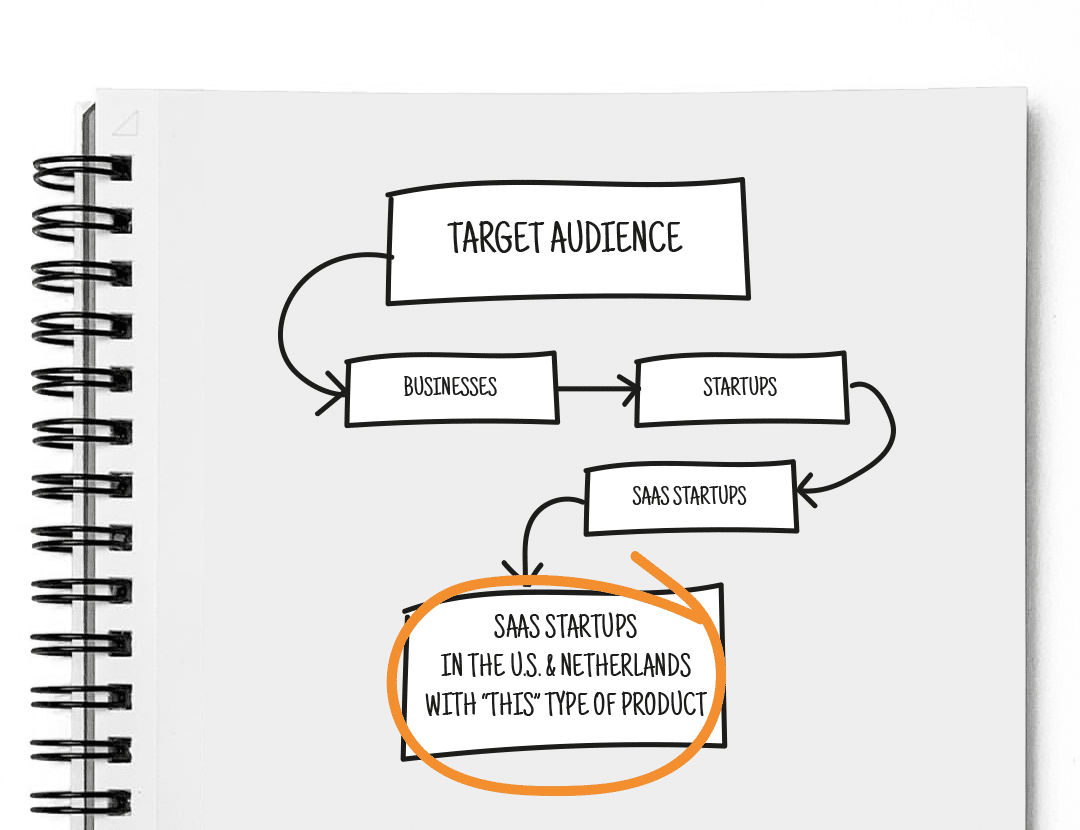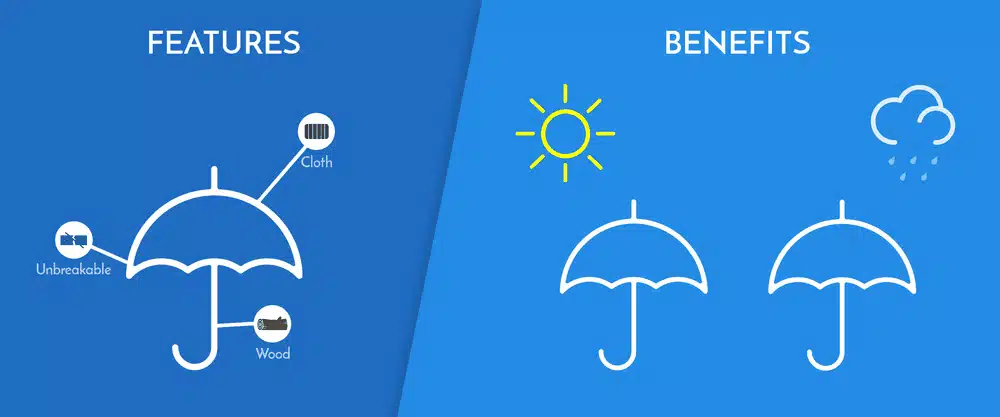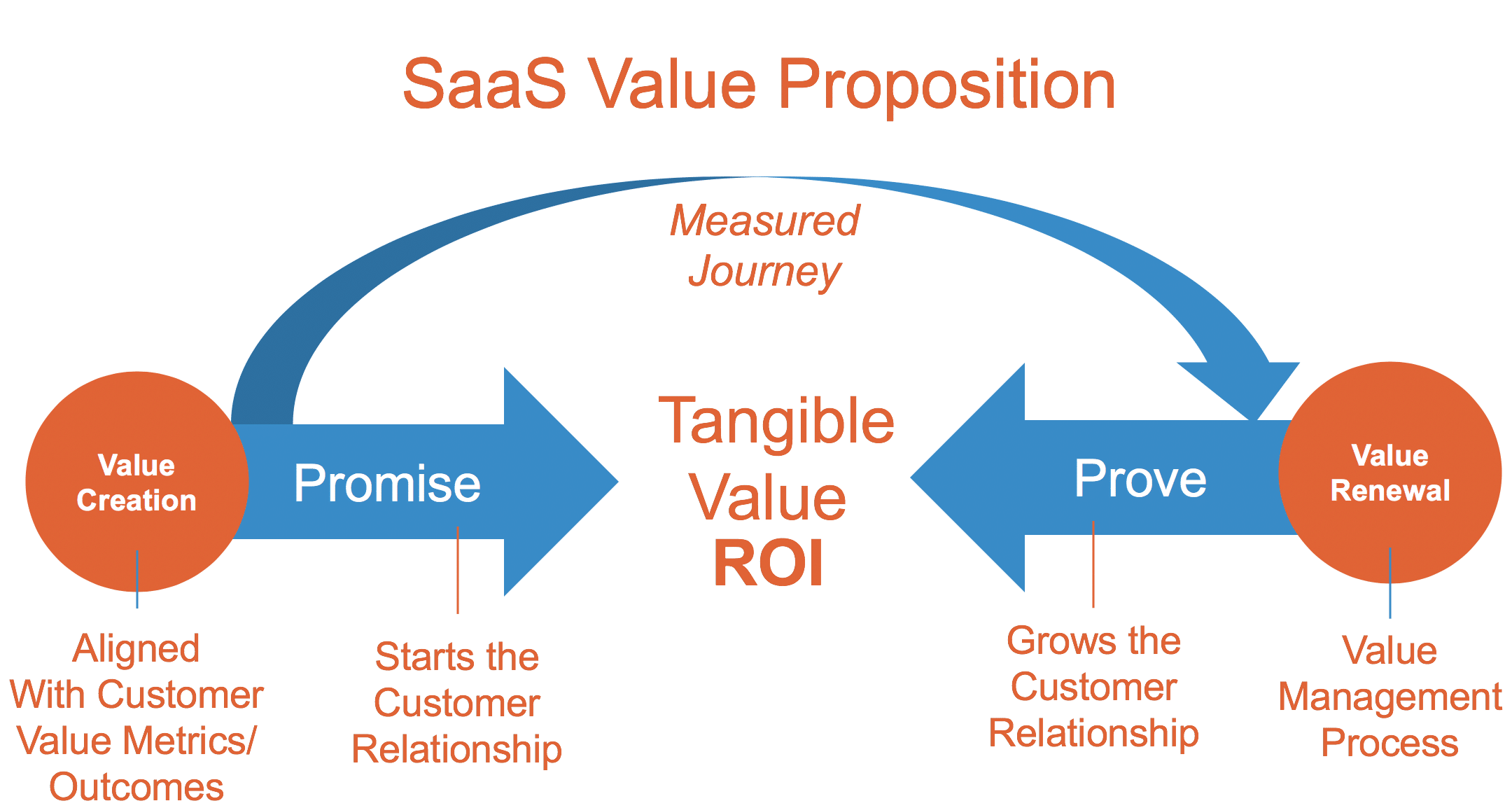The SaaS industry is one of the fastest-growing markets today. To make sure your SaaS sales presentation stands out, you need to understand how to create an engaging, informative, and convincing message about your product or service.
So, we’ve created a comprehensive guide to creating an amazing SaaS sales presentation that guarantees more sales.
1. Understand Your Audience
It’s important to know who your audience is so that you can tailor your presentation to their needs and interests. Consider what kind of customers will be looking at your product and develop messaging that speaks directly to them.
Better product development
Understanding your target audience’s wants and needs allows you to develop a product that meets those needs. This, in turn, leads to increased user engagement and retention.
More effective marketing
Knowing your audience’s pain points and motivations can help you create targeted marketing campaigns that speak directly to them. This results in higher conversion rates and lower customer acquisition costs.
Improved user experience
When you understand your audience’s wants and needs, you can design a user experience that is tailored to their needs. This can lead to increased user satisfaction and loyalty.
So, how can you better understand your SaaS company’s target audience? Here are some tips:
Conduct market research
Conduct surveys and interviews to gain insight into your target audience’s pain points, motivations, and preferences. This can help you identify trends and patterns that can inform your product development and marketing strategies.
Analyze user data
Analyze user behavior data to gain insight into how your target audience interacts with your product. This can help you identify areas for improvement and inform your product roadmap.
Create user personas
Create fictional representations of your target audience based on your research and data analysis. This can help you better understand their needs and preferences and guide your decision-making.

2. Create an Engaging Overview
Your opening should capture the attention of the audience right away with an introduction that intrigues the viewers and gives them insight into the company’s mission, its differentiators, what it provides and why they need it in their lives.
Because people’s attention spans are shorter than ever before, if you don’t capture their interest quickly, you risk losing their attention and their business.
Capture the audience’s attention
The beginning of your presentation is your chance to capture the audience’s attention and make a lasting impression. If your overview is dull and uninteresting, the audience is unlikely to engage with the rest of your presentation.
Create a clear roadmap
An engaging overview of your pitch or presentation can set the tone for the rest of your talk and create a clear roadmap for the audience. It can help them understand what they can expect to learn and how the information will be presented.
Establish credibility
A strong opening can also establish your credibility and expertise in your field. It can give the audience confidence in your ability to deliver valuable insights and solutions.
So, how can you create an engaging overview of your pitch or presentation? Here are some tips:
Start with a hook
Begin with a compelling statement or question that captures the audience’s attention and makes them curious about what you’re going to say next.
Be clear and concise
Your overview should be clear and concise, giving the audience a quick summary of what your presentation will cover.
Focus on benefits
Highlight the benefits of your product or service, and explain how it solves the audience’s pain points. This can help you establish a connection with the audience and show them the value of what you’re offering.
3. Breakdown Benefits & Features
Customers want to understand how exactly your product or service could benefit them and why they should choose yours over others in the market. Explain how each feature works and it’s associated advantages clearly so they understand what makes it valuable to them.

Start with the benefits
Begin by highlighting the benefits that the product offers to the customer. This could include increased efficiency, cost savings, improved productivity, or any other value proposition that the product provides. This will help the customer understand why they need the product in the first place.
Use concrete examples
To make the benefits more tangible, use real-life examples of how the product has helped other customers. This could be in the form of case studies, testimonials, or success stories. By providing concrete examples, you can help the customer understand how the product can specifically benefit them.
Breakdown features
Once you have established the benefits, it’s time to dive into the features of the product. However, instead of just listing off features, make sure to tie them back to the benefits. For example, if the product has a feature that automates a certain task, explain how this saves time and increases efficiency.
Use visuals
Visual aids, such as screenshots or videos, can be extremely effective in showing how the product works and what features it offers. This can help the customer understand the product more clearly and make it easier for them to see its value.
Keep it simple
While it’s important to provide enough detail, it’s also important not to overwhelm the customer with too much information. Stick to the most important benefits and features, and keep the presentation concise and easy to understand.
4. Address Common Questions
Have a section ready that addresses common questions people may have about the product or service, such as pricing models, customer support options and more. This will help ensure that everyone at the presentation has all their questions answered before deciding whether or not to buy from you.
Overall, addressing common or frequently asked questions in a SaaS sales presentation is critical to building trust with potential customers and helping them make informed decisions. By anticipating questions, providing clear and concise answers, using visuals, providing examples, and being transparent, you can effectively address potential customer concerns and help them to see the value of your product.
5. Demonstrate Value Proposition
Make sure you demonstrate how you can add value to customers beyond just providing a solution – showing them tangible ways this particular product could solve problems in their life or business will give potential buyers additional reasons to invest in your company’s services.
When it comes to demonstrating the value proposition of a product in a SaaS sales presentation, it is important to understand the unique benefits that your product provides to potential customers.
Identify pain points
Start by identifying the pain points that your target audience is experiencing. Highlight how your SaaS product addresses those pain points and provides solutions to the problems.
Highlight features
Focus on the unique features that set your product apart from the competition. Explain how these features can help customers achieve their business goals more effectively and efficiently.
Use customer success stories
Highlighting case studies and customer success stories can help to showcase how your product has delivered results for other businesses. This can help to build trust and credibility with potential customers.
Provide data-driven insights
Use data to demonstrate how your product can help customers achieve their business objectives more effectively. This can include metrics such as increased efficiency, improved productivity, and cost savings.

An effective SaaS sales presentation should clearly demonstrate the value proposition of your product and how it can benefit potential customers. By focusing on pain points, unique features, customer success stories, and data-driven insights, you can effectively communicate the value of your SaaS product to your target audience.
6. Close Strongly
Closing your SaaS sales presentation with a strong statement is one of the most important tasks in achieving success. It’s the crescendo that brings together all the ideas and concepts you have presented to your audience, building upon them to show how they can benefit from taking action.
Reinforce the most important points made earlier one last time with a succinct closing statement – tell viewers why they should become paying customers – then leave attendees with clarity on how they can take action if they’re interested in making a purchase today or learning more later on down the line.
When closing out your SaaS sales presentation, there are few actions you should remember to include:
Recap & Highlight Benefits
Recap the key points you made throughout the presentation and highlight what makes your product or services special. This will help re-engage viewers and get their attention just before making the pitch for them to take action.
Share Testimonials & Success Stories
Presenting real life stories from customers who have used and benefited from your product or services is great way to bring meaning and context to your message, as it gives potential buyers an example of results they could achieve by investing in your company’s solutions.
Set Clear Expectations
Let viewers know what kind of result or outcome they can expect if they decide to make a purchase or sign up for something today. Outlining expectations upfront dissuades confusion and builds trust between potential buyers and the company itself when it comes time for them to act on their decision after leaving the presentation room.
End with a Call to Action
End with a clear call-to-action that tells viewers exactly how they can take advantage of what was offered during your presentation – whether it’s signing up online, scheduling a free consultation or attending an upcoming webinar – give instructions so potential buyers can follow through immediately if interested in doing business with you right away.
Closing out strongly is an effective way to build credibility, leave attendees wanting more and most importantly turn those leads into paying customers – so ensure you dedicate enough time formulating a plan beforehand that will allow you deliver that transformational moment at the end of each session!
When it comes to making a sales pitch to SaaS companies, there are few key elements that need to be included for success. You should always keep the focus on the customer and their needs – show them what your product or service can do that is unique and how it benefits them in tangible ways.
Companies should also demonstrate a comprehensive understanding of the industry and any relevant trends; having up-to-date knowledge shows that a company can provide a solution tailored to their customers’ needs. Transparency is important too with everything from pricing models, customer support options, and more is clearly outlined at the onset.
Ensure you end with a clear call-to-action so potential buyers know exactly how they can take advantage of what was offered – this will ensure leads convert into valuable business!
Written by: Tony Zayas, Chief Revenue Officer
In my role as Chief Revenue Officer at Insivia, I am at the forefront of driving transformation and results for SaaS and technology companies. I lead strategic marketing and business development initiatives, helping businesses overcome plateaus and achieve significant growth. My journey has led me to collaborate with leading businesses and apply my knowledge to revolutionize industries.
